Growing Hemp for CBD: Craft vs. Commercial
We covered the differences between growing hemp for CBD and growing hemp for seed and fiber in a separate post. But, ICYMI HERE IS THE SHORT VERSION:
If you are growing for CBD production, you want to take a horticultural approach, sourcing specific, feminized hemp-cannabis genetics that will produce big, dense flowering buds.
Growing hemp for seed and fiber requires industrial hemp genetics, unsexed and cultivated similarly to other row crops like corn.
The different approaches to hemp cultivation doesn’t stop there. The road splits yet again when we look at the different approaches to hemp-cannabis cultivation for CBD production.
CRAFT VS. COMMERCIAL CULTIVATION
The two primary factors that divide CBD growers along these lines are (1) size and scale; (2) philosophy.
An easy way to think about these different approaches to hemp cultivation is by comparing it to the beer industry — The Budweisers and Heinekens of the world coexisting with regional and hyper-local craft breweries.
There is a time and place for both, but it is understood that the quality and care (and price) involved in each approach is definitely varied. At the end of the day, it all comes down to the basic dichotomy of quality and quantity.
SO, WHAT IS THE ACTUAL DIFFERENCE BETWEEN CRAFT AND COMMERCIAL?
Let’s break it down…
THE PHILOSOPHIES
The craft approach takes the side of quality over quantity. Craft cultivation focuses on optimizing growing techniques for the development and retention of the plant’s fullest expression of cannabinoids and terpenes.
Larger scale commercial grows, on the other hand, take the quantity over quality approach. Commercial cultivation operations optimize for cost and efficiency for the sake of total CBD points.
For people who really love the plant and understand that the whole is greater than the sum of its parts, the value of hand cultivation is clear. Not only because we know the therapeutic value of truly diversified full spectrum material, but because we know that cannabis is an energetic being that is very susceptible to the energy it receives.
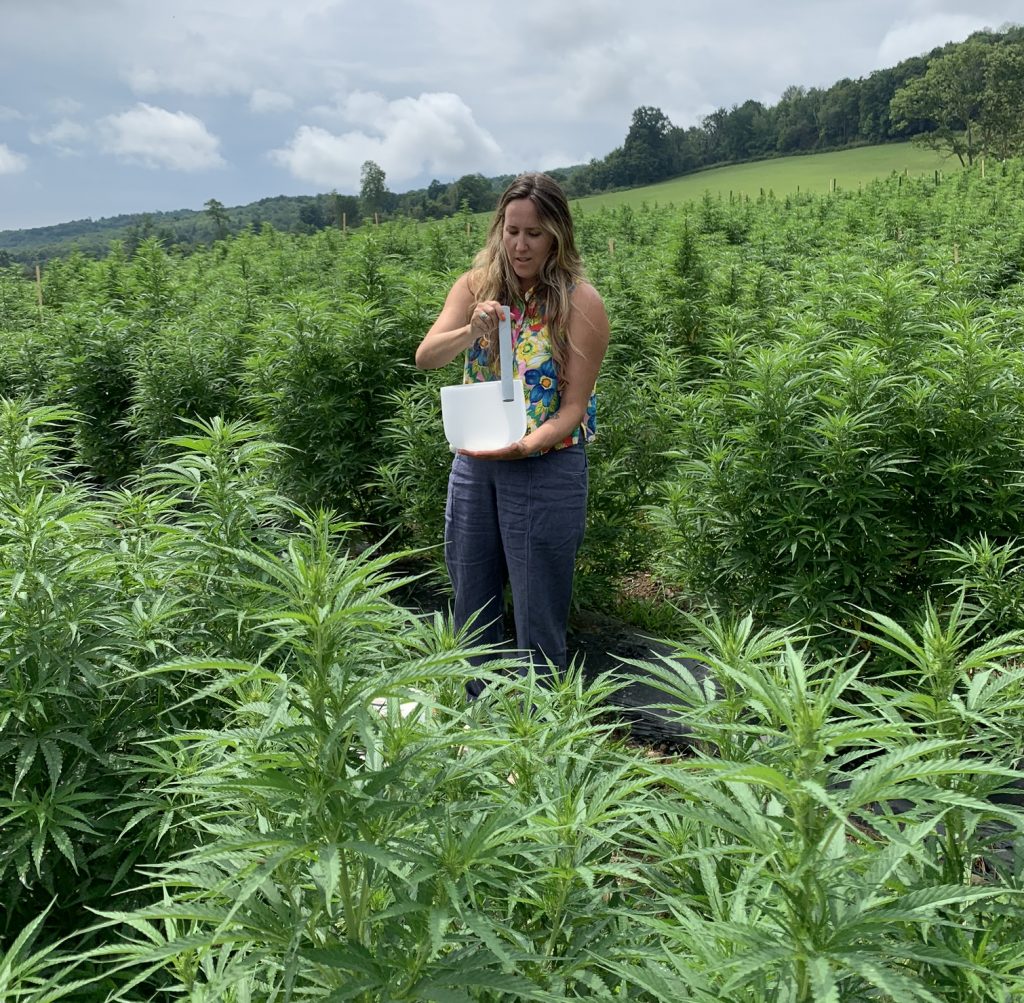
ENERGETICS
When people get stressed, our cortisol levels spike and there is a definite physical, survival-mode response. When cannabis gets stressed, it can cause actual changes in the genetics’ normal molecular pathways. For example, stress could turn feminized genetics into hermaphrodites, causing one plant to grow both female and male parts (buds and pollen sacks). When that happens, there is a chance for those pollen sacks to rupture and pollinate the surrounding plants, sometimes even up to a few miles away. When female plants are pollinated they then focus all of its energy on producing seeds therefore the buds will not grow as big and dense, and full of seeds.
When we think about the cannabis plant, what it stands for and what its actual value is to us and to nature, it becomes really hard to get behind mowing down buds with combines and mulching up whole plants; the energy that’s put into the plants every stage of the process is reflected in the final product.
COMMERCIAL SCALABILITY
If you are not somebody who really loves the plant and cares to nurture its energy to bring the most healing, then the choice to adopt mechanized techniques for the sake of saving time and labor costs is a no-brainer!
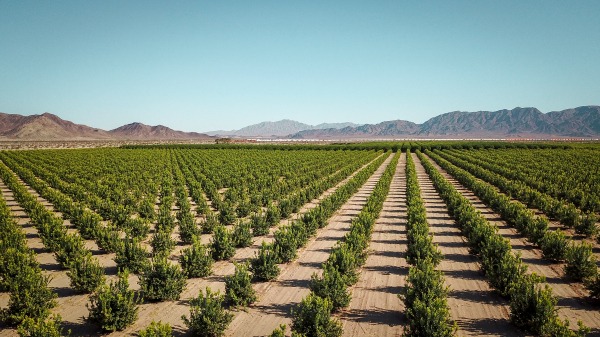
To be fair, the hemp industry is growing at an extreme rate which does call for scalable solutions to keep up with the high demand.
One could also make the argument that when you’re growing solely for CBD — either to be processed into isolate or to a super high purity distillate — diversified material technically doesn’t really matter because you’re only extracting the CBD and it’s not an issue if the plants lose minor cannabinoids or terpenes.
In this case, there could be economic reasoning for farming focusing on quantity instead of quality. There will always be a cost of doing things one way over the other. Cost, quality and sustainability will always be the variable factors.
THE CULTIVATION TECHNIQUES
CRAFT HEMP-CANNABIS CULTIVATION
Craft cultivation can also be commonly referred to as “hand cultivation” because, you guessed it, a majority of the process is done by hand!
This allows for a higher level of care and a greater attention to detail throughout the process, which is very important when it comes to retaining the highest concentration of cannabinoids and terpenes.
THE HARVEST PROCESS
The harvest and drying process is where the biggest differences come into play. Here’s the harvest process recipe for optimal quality:
- Harvest the plants from the field by cutting them down at the base of the stalk.
- Hang dry either the whole plants or trimmed branches.
- We prefer trimmed branches because it allows for more airflow. This approach optimizes dry-time without having to introduce higher velocity air movement that could end up compromising terpene content.
- Allow the material to “cure” through a slow and steady drying process.
- De-stem the buds with care, so that you are left with whole flowers as your starting material for any further processing.
*The above is assuming the material is biomass to be used for extraction — for trimmed, smokeable flower there is a whole different process.
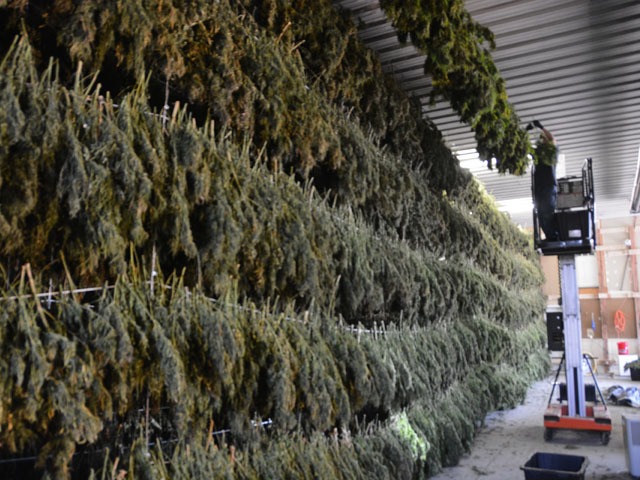
FOR OPTIMAL EFFICIENCY AT LARGE SCALES, THE PROCESS IS QUITE DIFFERENT:
- Retrofitted combines are driven through the fields, cutting the plants down while pulling the buds through large rotating blades which mulch the material on the spot.
- That mulched material is then shot out (think: wood chipper style) into a large container that is traveling alongside the combine.
- From there, it is put through an industrial drying system to increase the speed of the drying process from days to hours.
- The industrial dryer’s temperature is set to be low enough to ensure no degradation of CBD takes place, but there can definitely be a drop-off in some minor cannabinoid content… and the terpenes don’t even stand a chance.
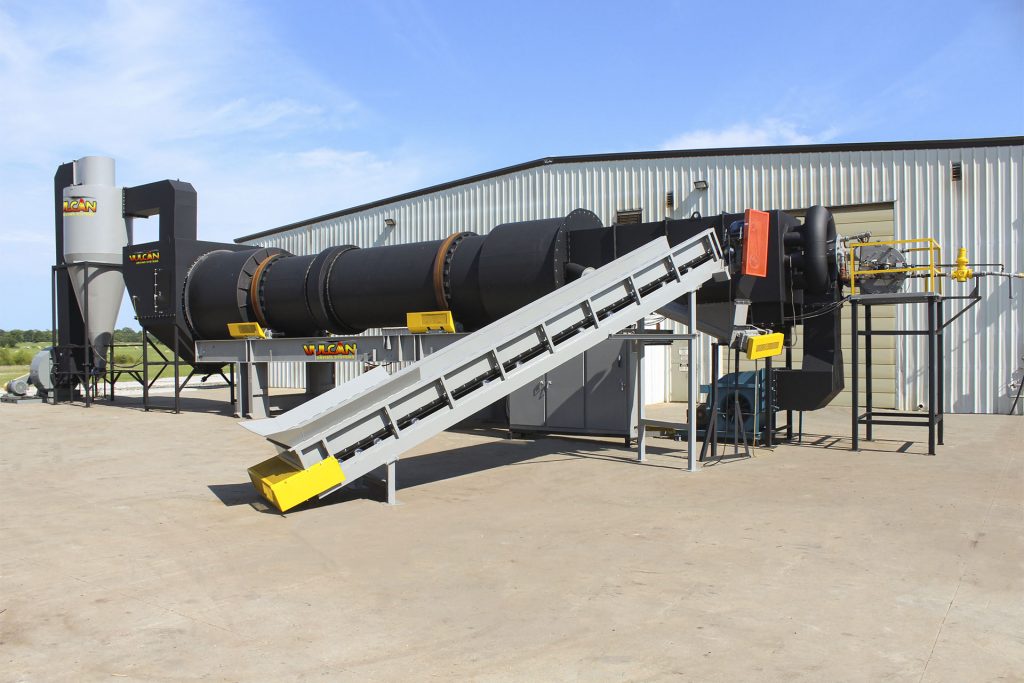
*There are also varying levels of mechanization/automation. For example, a farm may not adopt the combine harvest approach and harvest whole plants by hand, but then put that wet material through a de-stemming machine and then put those buds through an industrial dryer, etc.
Let’s Preserve the Good Stuff
Have you ever heard of bud referred to as “sticky-icky”? That stickiness is actually the plant’s resin.
The resin glands, also known as trichomes, are where all the cannabinoids (CBD, THC, CBG, CBDV, CBL, etc) and terpenes (pinene, limonene, myrcene, humulene, linalool, etc) are produced.
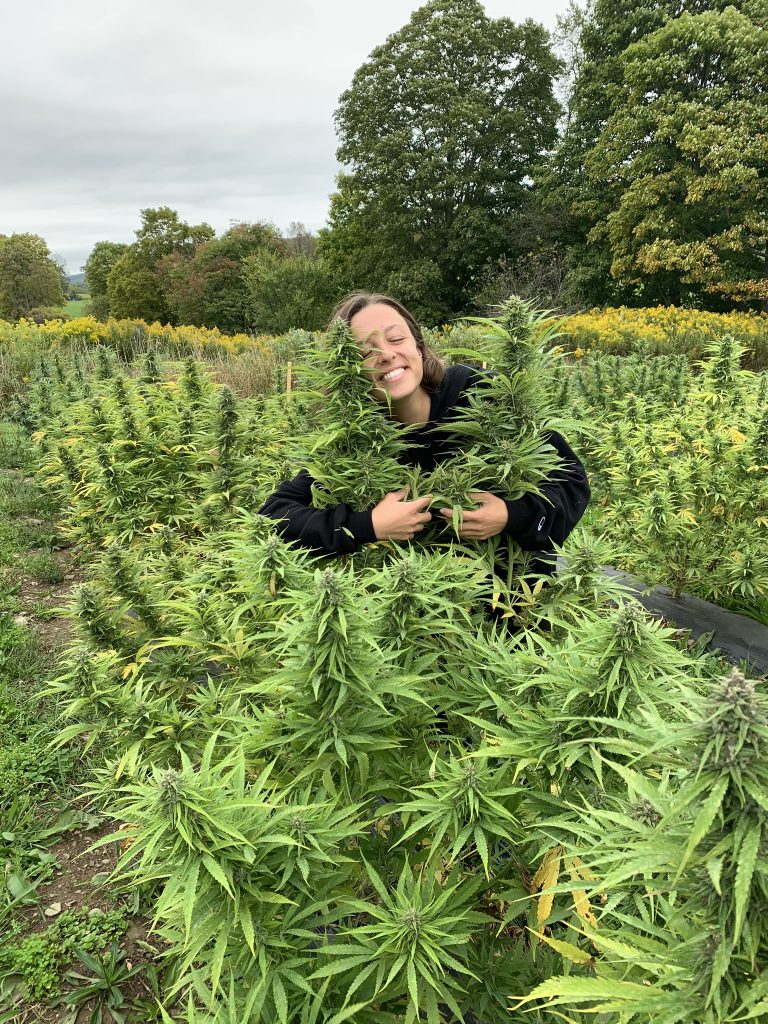
When the plants are in the field or freshly harvested (still wet) that resin is extra sticky. So, if it is not handled gently, then a lot of that valuable cannabinoid and terpene content is removed from the plant and stuck on whatever that plant came in contact with.
Now, think about those mechanized processes listed above; think about how much resin gets stuck on the blades of each piece of equipment. That’s a lot of valuable components of the plant’s overall profile that are never even getting the chance to make it to the extraction facility!
If we agree that the whole is greater than the sum of its parts when it comes to cannabis, then we must agree that the most effective medicine will come from the greatest development of the plant’s full spectrum.


 The Steady Supply
The Steady Supply

 Personalized Vibes
Personalized Vibes
